May 21, 2025 | 04:03 GMT +7
May 21, 2025 | 04:03 GMT +7
Hotline: 0913.378.918
May 21, 2025 | 04:03 GMT +7
Hotline: 0913.378.918
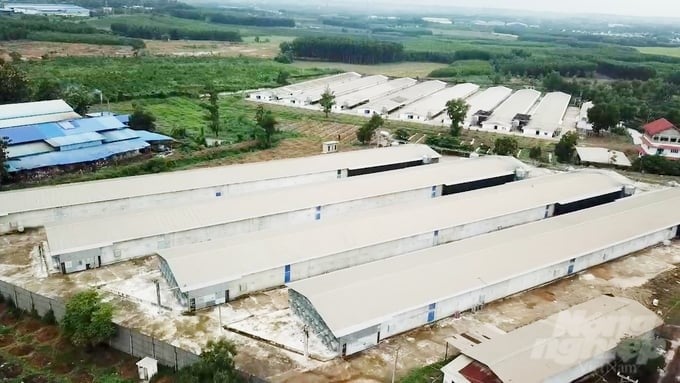
Domestic livestock production is a field that is facing many difficulties, so putting livestock facilities on the list of those that must conduct greenhouse gas inventory at this time requires an appropriate roadmap. Photo: Minh Sang.
That is the latest proposal of the Animal Husbandry Association of Vietnam (AHAV) sent to the Ministry of Natural Resources and Environment (MONRE) to comment on amending and supplementing Decree No. 06/2022 of the Government regulating greenhouse gas emission mitigation and ozone layer protection.
Because domestic livestock production is a field that is facing many difficulties, putting livestock facilities on the list of those that must conduct greenhouse gas inventory at this time requires an appropriate roadmap.
According to AHAV, livestock farming is one of the fields causing great direct impacts on greenhouse gas emissions, accounting for about 18% of total greenhouse gas emissions (especially cow farming), which is the main factor leading to global climate change.
However, Vietnam's control over the environment and gas emissions from livestock farming is facing many inadequacies because livestock farming space in the country is very limited. Vietnam is among the countries with the highest livestock density in the world (about 0.8 livestock units per hectare of agricultural land); the pig herd ranks 6th, and the waterfowl flock ranks 2nd in the world. Small-scale livestock farming accounts for a high proportion; waste treatment technology is incomplete and inappropriate, especially in small and medium livestock facilities.
Furthermore, Chairman of AHAV Nguyen Xuan Duong said that if the draft Decree amending and supplementing a number of articles of Decree No. 06/2022 is approved, there will be about 4,200 facilities subject to greenhouse gas inventory.
However, greenhouse gas inventory is a new issue for many livestock facilities, so more time and resources are needed to conduct it, especially in the current difficult context of the livestock industry. Therefore, it should only be encouraged based on the voluntary spirit of large businesses.
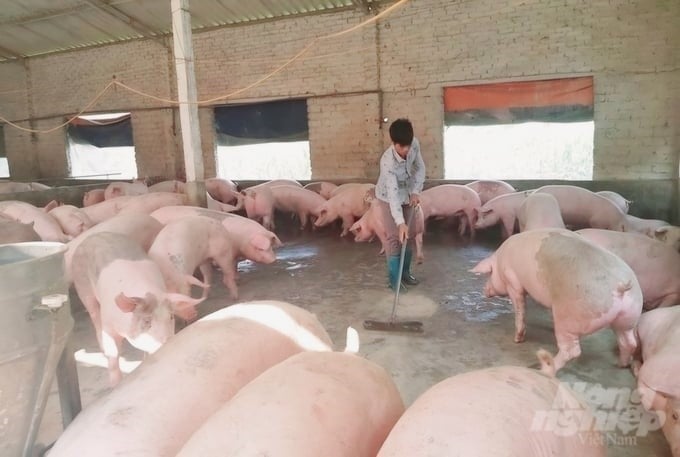
Vietnam is among the countries with the highest livestock density in the world, and livestock farming space in the country is very limited. Photo: Minh Sang.
AHVA also pointed out a series of shortcomings in immediately applying greenhouse gas inventory to livestock facilities. Specifically, production costs arise, increasing the cost of domestic livestock products, which is currently very high compared to developed countries.
Just counting the costs spent on declaration activities, each livestock facility loses VND 100–150 million/year. After that, facilities in this category are forced to implement measures to reduce emissions according to carbon quotas. If they fail, they will be fined for violations, causing many difficulties for livestock farmers and causing unnecessary negativity.
"The roadmap for livestock facilities should, for example, be extended for about 3–5 more years so that livestock farmers can prepare to repair and renovate barns to ensure that they can be declared and reduced. Livestock management agencies also have time to get acquainted with the new field and have the appropriate technology," said Mr. Nguyen Xuan Duong.
Mr. Luong Quang Huy, Head of the Department of Climate Change (Ministry of Natural Resources and Environment), provided information that the unit is currently reviewing to issue an updated list of greenhouse gas emission facilities.
Accordingly, the number of facilities that need to conduct inventory will increase from 1,912 to 2,171. Specifically, according to the updated list, the industry and trade sector will have 1,805 facilities belonging to thermal power plants and industrial facilities. The transport sector will have 75 freight businesses that must conduct inventory.
The construction sector will have 229 facilities that are cement production businesses and commercial buildings. As for the natural resources and environment sector, there are 62 solid waste treatment facilities that must conduct inventory. These facilities are also specifically regulated for energy consumption, meeting the standards required for inventory.
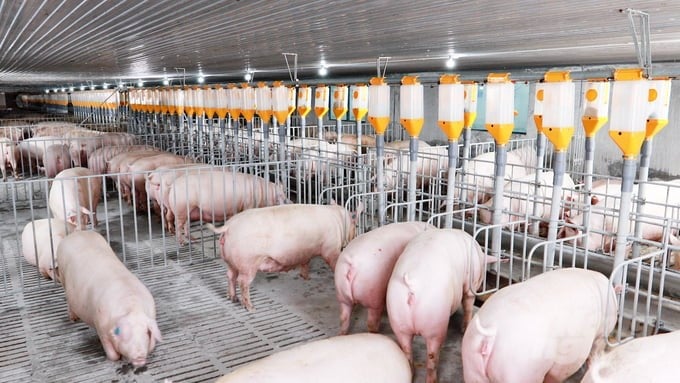
Most livestock farms have not met the requirements for conducting inventory and seriously applying processes to reduce greenhouse gas emissions. Photo: Minh Sang.
In addition, the number of livestock farms is also very large. Except for dairy farms and pig breeding farms directly managed by companies and corporations, which have good management and technical staff who can carry out inventory techniques and strictly apply regulations on reducing greenhouse emissions, most livestock farms have not met these requirements.
Mr. Nguyen Tri Cong, Chairman of the Dong Nai Animal Husbandry Association, said that greenhouse gas inventory at livestock farms is correct, but livestock farmers are very concerned that the Ministry of Agriculture and Rural Development and the Ministry of Natural Resources and Environment need to calculate the specific waste indicators for pigs, cows, chickens, etc. on a farm in terms of the emission level for each farm scale and what farmers will benefit from meeting standards on waste discharge into the environment and CO2 emission reduction.
“Livestock farmers really wish to participate in declaring greenhouse gases because they benefit themselves and the surrounding environment, especially in terms of greenhouse gas emissions. However, it would be better to simplify and have legal documents for livestock farmers to follow the instructions. In particular, once transaction credits have been converted, farmers will benefit and reinvest in better environmental treatment," Mr. Cong said.
According to the Chairman of AHAV, the State needs to have appropriate policies, invest in appropriate technology, and train technical staff to help livestock farmers know how to conduct inventory and apply emission reduction technology effectively. AHAV, along with other associations, recently proposed to the Government and the State a roadmap for implementing greenhouse gas inventory in the livestock sector.
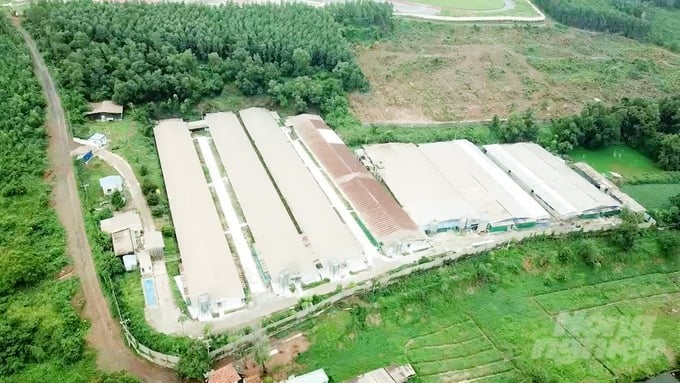
AHAV recommends that the State have appropriate policies, invest in appropriate technology, and train technical staff to help livestock farmers know how to conduct inventory and apply emission reduction technology effectively. Photo: Minh Sang.
Mr. Nguyen Xuan Duong specifically cited that TH Group is a pioneering unit in this field. It has been working for 4 years, but in the first 2 years, it was only possible to implement the greenhouse gas declaration activities of the farms, and it was very difficult, despite large investments and direct guidance from foreign experts. Therefore, mandatory regulations should not be applied immediately and widely throughout the livestock industry but should only be encouraged and voluntarily applied.
"Currently, the number of domestic service organizations and experts with sufficient qualifications and experience to guide greenhouse gas inventory and control measures in the livestock sector is very small, so training needs to be strengthened," Mr. Duong emphasized.
AHAV has proposed that MONRE not include the livestock sector and facilities in the list that must conduct greenhouse gas inventory in the current period or until 2027. The delay is to help management agencies, service units, and farmers have more conditions to get acquainted, acquire appropriate knowledge and technology, and prepare resources to be able to implement very new and complex issues.
"Domestic livestock farming is currently facing many difficulties; livestock farmers are struggling with input and output prices, diseases, etc. Environmental treatment, especially greenhouse gas emissions, is a community benefit, so if only farmers take responsibility, it will be difficult to enforce. Many countries with experience only encourage application and have a roadmap for voluntary application by farmers, which will be suitable for our country's conditions and share the difficulties of Vietnamese livestock farmers," said Mr. Nguyen Xuan Duong.
According to the Department of Livestock Production (Ministry of Agriculture and Rural Development), with the goal and roadmap for reducing greenhouse gases that the Government has issued, Vietnam needs to apply the management of greenhouse gas emissions data for livestock facilities on the basis of the calculation and operational data of the Ministry of Agriculture and Rural Development. Of which, it is necessary to require large-scale livestock facilities to conduct greenhouse gas inventory right from this stage. And in fact, there are many businesses that are basically completing this inventory.
This is a requirement of the greenhouse gas inventory process according to the IPCC's guidelines, in which the livestock industry has a fairly large proportion of the total national greenhouse gas emissions. Large livestock facilities are required to provide data or prepare inventory reports depending on each country's management method and data management system for greenhouse gas emissions. Once there are greenhouse gas emission inventory reports, businesses will be aware of opportunities to reduce emissions right in their production process.
Translated by Thu Huyen

(VAN) Dong Thap farmers attained an average profit margin of 64% during the summer-autumn 2024 crop (first season), while An Giang and Kien Giang farmers followed with 56% and 54%, respectively.

(VAN) As a doctoral student doing research on renewable energy and electrification at Harvard University, the author shares his musings on electricity, nature, and countryside memories.

(VAN) The decree on Extended Producer Responsibility (EPR) ensures transparent management and disbursement of support funds, avoiding the creation of a “give-and-take” mechanism.

(VAN) Hue City rigorously enforces regulations regarding marine fishing and resource exploitation, with a particular emphasis on the monitoring of fishing vessels to prevent illegal, unreported, and unregulated (IUU) fishing.
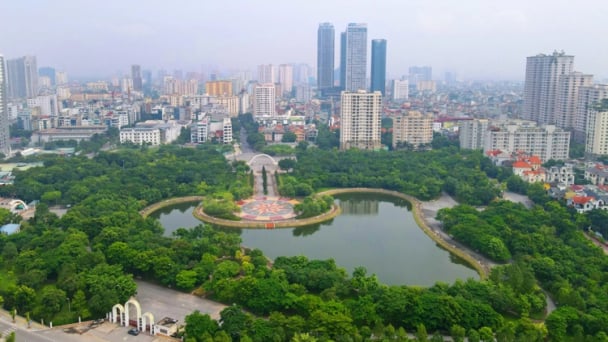
(VAN) Hanoi People's Committee has issued a plan on reducing greenhouse gas emissions in the waste management sector with 2030 vision.
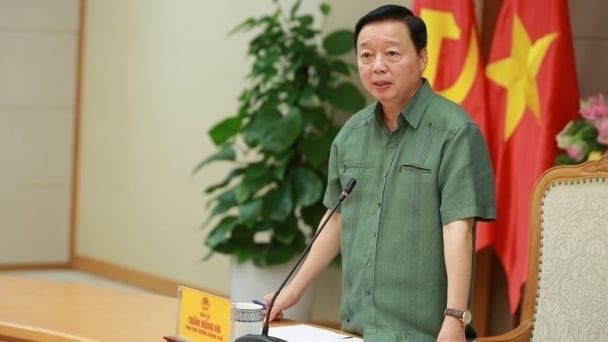
(VAN) Vietnam's draft amendment to Decree No. 156 proposes a mechanism for medicinal herb farming under forest canopies, linking economic development to population retention and the sustainable protection and development of forests.
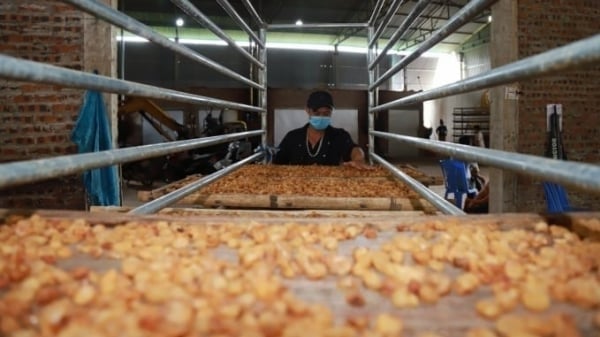
(VAN) In reality, many craft village models combined with tourism in Son La have proven effective, bringing significant economic benefits to rural communities.